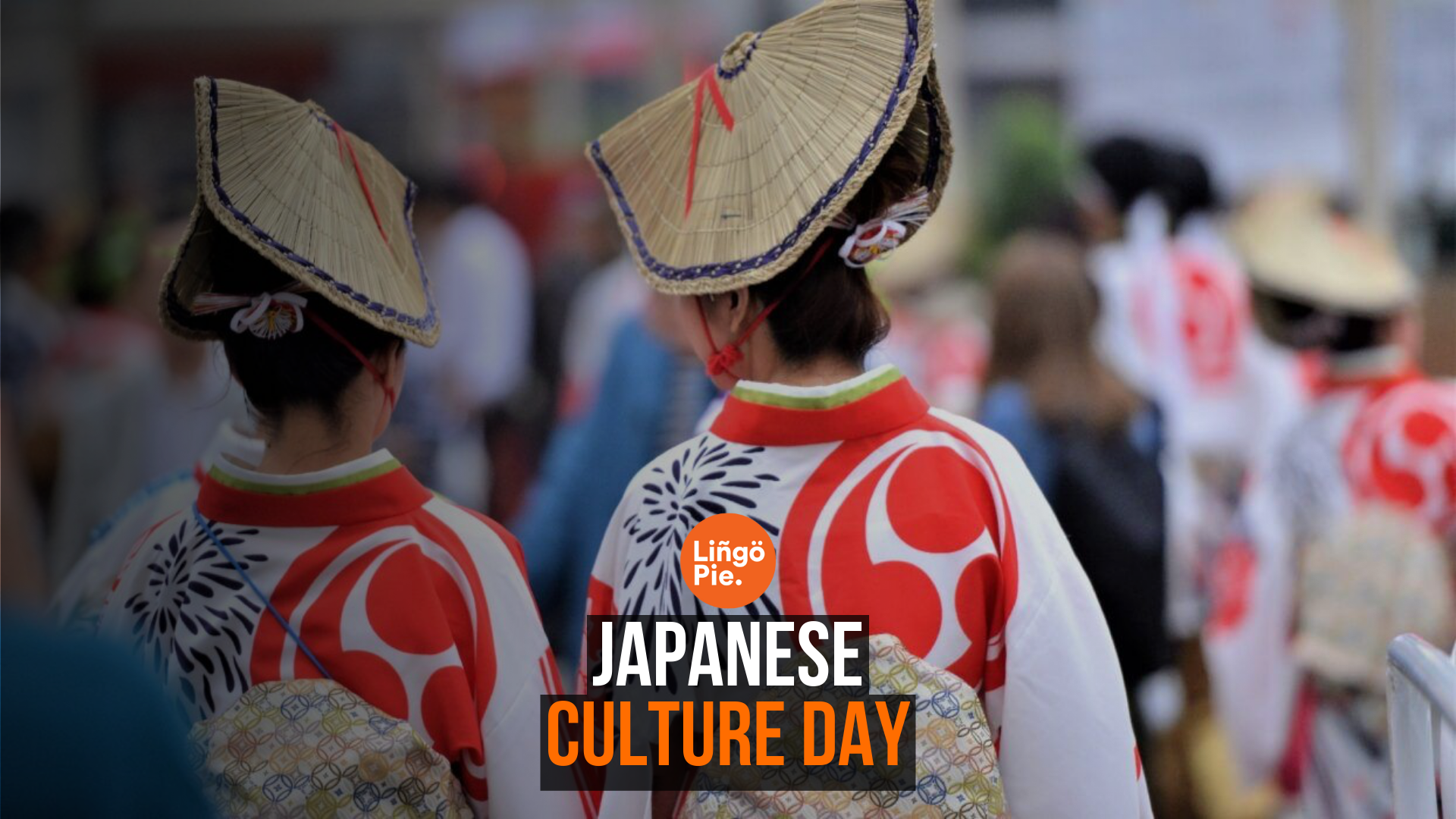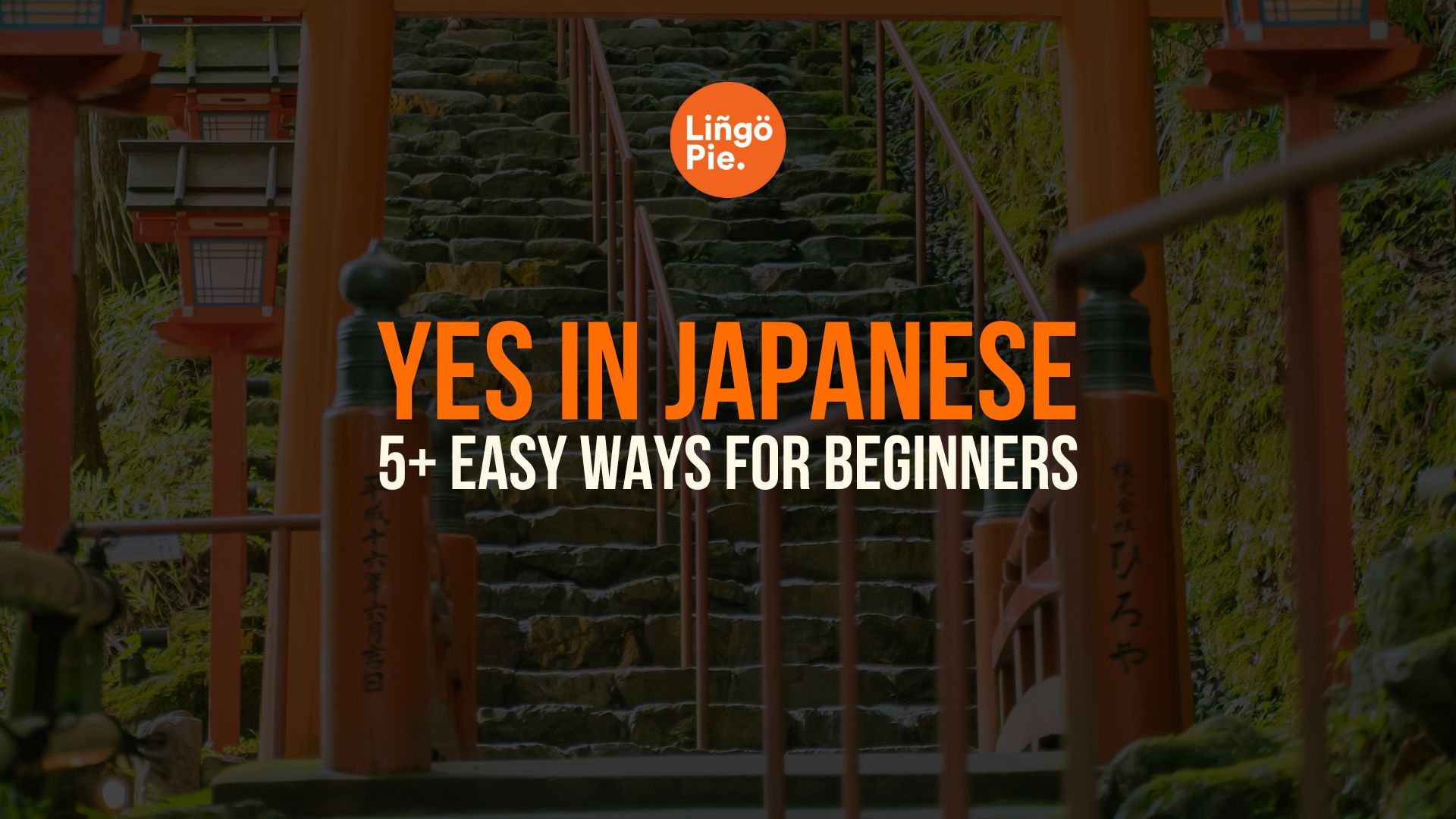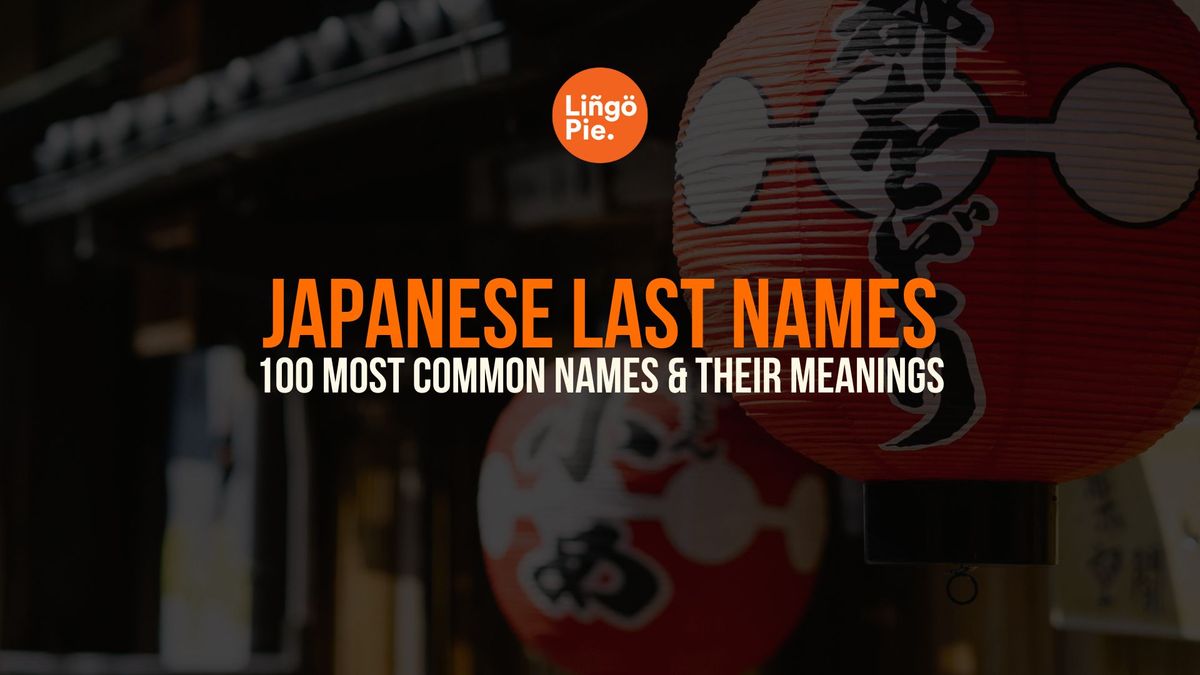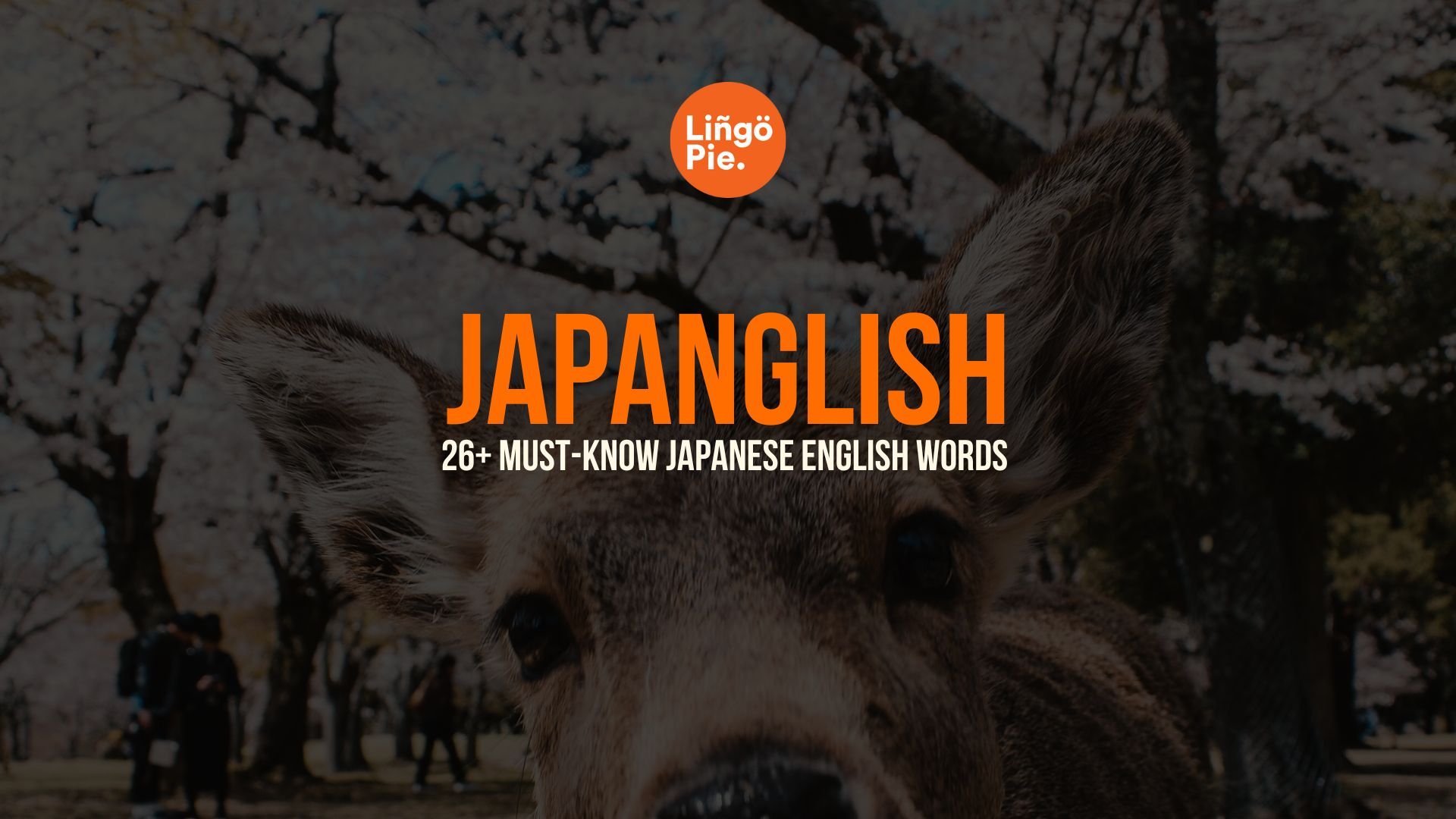Ever noticed how characters in your favorite Japanese dramas seem to share the same few Japanese surnames? You’re not imagining things. Names like Watanabe, Tanaka, and Yamaguchi appear frequently because Japan has a relatively small pool of common family names compared to many Western countries.
For Japanese language learners and J-drama enthusiasts alike, understanding these common Japanese surnames adds another layer of enjoyment to your favorite shows. In this post, let's explore 100 of the most common Japanese last names and what they reveal about Japanese heritage.

The Most Common Japanese Last Names
The Ultra-Common Surnames
If you've spent any time watching Japanese dramas or anime, you've undoubtedly encountered these top ten surnames repeatedly. These ultra-common Japanese last names are so widespread that roughly 1 in 10 Japanese people carry one of them. For instance, Satō alone is so popular that it’s estimated that it could be the last name of everyone by 2531!
- Satō (佐藤) - "Help/Assistant" + "Wisteria"
- Suzuki (鈴木) - "Bell" + "Tree"
- Takahashi (高橋) - "High/Tall" + "Bridge"
- Tanaka (田中) - "Rice Field" + "Middle/Inside"
- Watanabe (渡辺/渡邊) - "Cross Over" + "Border/Area"
- Itō (伊藤) - "This" + "Wisteria"
- Yamamoto (山本) - "Mountain" + "Base/Origin"
- Nakamura (中村) - "Middle/Inside" + "Village"
- Kobayashi (小林) - "Small" + "Forest"
- Katō (加藤) - "Add" + "Wisteria"

Very Common Japanese Surnames
This second tier of common surnames still appears frequently in Japanese media and daily life. Names like Yamaguchi and Matsumoto regularly show up in credits, business directories, and character rolls.
What makes this group interesting is how many combine natural elements—mountains (yama) paired with entrances (guchi) or pine trees (matsu) combined with origins (moto)—showcasing Japan's traditional connection to the landscape that surrounds them.
- Yoshida (吉田) - "Good Luck" + "Rice Field"
- Yamada (山田) - "Mountain" + "Rice Field"
- Sasaki (佐々木) - "Help" + "Tree"
- Yamaguchi (山口) - "Mountain" + "Entrance/Mouth"
- Matsumoto (松本) - "Pine Tree" + "Base/Origin"
- Inoue (井上) - "Well" + "Above"
- Kimura (木村) - "Tree" + "Village"
- Hayashi (林) - "Forest"
- Shimizu (清水) - "Pure" + "Water"
- Saitō (斎藤) - "Purification" + "Wisteria"
- 6 Best Japanese Documentaries To Learn Japanese
- 4 Best Japanese Cooking Shows Every Traveler Should See
- 10 Best Movies & Shows to Learn Japanese on Netflix [For Beginners]
Common Nature-Related Surnames
Japan's reverence for nature shines brightly in this collection of surnames. From simple, elegant names like Mori (forest) to more complex combinations like Ishikawa (stone river), these names paint vivid pictures of Japan's landscapes.
- Mori (森) - "Forest"
- Ikeda (池田) - "Pond" + "Rice Field"
- Hashimoto (橋本) - "Bridge" + "Base/Origin"
- Ishikawa (石川) - "Stone" + "River"
- Yamashita (山下) - "Mountain" + "Below"
- Kawaguchi (川口) - "River" + "Entrance/Mouth"
- Nakajima (中島) - "Middle" + "Island"
- Aoki (青木) - "Blue/Green" + "Tree"
- Ishida (石田) - "Stone" + "Rice Field"
- Kaneko (金子) - "Gold" + "Child"

Location and Direction Surnames
Direction and location play crucial roles in Japanese family names, reflecting where families historically lived or worked. Names in this category often indicate relative positions—whether a family lived near a shrine (Miyazaki), in the middle of a field (Nakano), or above a rice paddy (Ueda). These surnames functioned as geographical markers in pre-modern Japan, helping identify individuals in relation to local landmarks before modern addresses existed.
- Fujita (藤田) - "Wisteria" + "Rice Field"
- Miyazaki (宮崎) - "Shrine" + "Cape/Peninsula"
- Nakano (中野) - "Middle" + "Field"
- Ōno (大野) - "Big" + "Field"
- Ōta (太田) - "Big/Fat" + "Rice Field"
- Fujioka (藤岡) - "Wisteria" + "Hill"
- Ueda (上田) - "Upper" + "Rice Field"
- Shimada (島田) - "Island" + "Rice Field"
- Gotō (後藤) - "Behind" + "Wisteria"
- Matsuda (松田) - "Pine" + "Rice Field"
Occupation-Related Surnames
Many Japanese families carry surnames that hint at their ancestors' traditional occupations or social roles. While not always immediately obvious to non-Japanese speakers, names like Takeda (military field) suggest warrior lineage, while others indicate administrative positions or specialized crafts.
- Nishimura (西村) - "West" + "Village"
- Kojima (小島) - "Small" + "Island"
- Kato (加藤) - "Add" + "Wisteria"
- Maeda (前田) - "Front" + "Rice Field"
- Murata (村田) - "Village" + "Rice Field"
- Abe (安倍) - "Peace" + "Multiply"
- Harada (原田) - "Field/Plain" + "Rice Field"
- Okada (岡田) - "Hill" + "Rice Field"
- Hasegawa (長谷川) - "Long Valley" + "River"
- Takeda (武田) - "Military/Warrior" + "Rice Field"

Geographic Feature Surnames
Mountains, rivers, forests, and fields dominate this group of surnames, each painting a specific picture of Japan's varied topography. Names like Takeuchi (inside the bamboo) and Yokoyama (side mountain) describe precise geographic relationships that helped distinguish families living in the same region.
- Morita (森田) - "Forest" + "Rice Field"
- Noguchi (野口) - "Field" + "Entrance/Mouth"
- Takeuchi (竹内) - "Bamboo" + "Inside"
- Andō (安藤) - "Peace" + "Wisteria"
- Matsui (松井) - "Pine" + "Well"
- Miyamoto (宮本) - "Shrine" + "Base/Origin"
- Ogawa (小川) - "Small" + "River"
- Sawada (沢田) - "Marsh" + "Rice Field"
- Yokoyama (横山) - "Side/Horizontal" + "Mountain"
- Ōtsuka (大塚) - "Big" + "Mound"

Cultural Meaning Surnames
The surnames in this section carry deeper cultural resonances beyond their literal translations. Names like Hirano (flat field) and Kondō (near wisteria) often have associations with particular historical events, distinguished families, or cultural practices.
- Fujimoto (藤本) - "Wisteria" + "Base/Origin"
- Sakamoto (坂本) - "Slope" + "Base/Origin"
- Kondō (近藤) - "Near" + "Wisteria"
- Tamura (田村) - "Rice Field" + "Village"
- Hirano (平野) - "Flat" + "Field"
- Nomura (野村) - "Field" + "Village"
- Taguchi (田口) - "Rice Field" + "Entrance"
- Nakagawa (中川) - "Middle" + "River"
- Sugiyama (杉山) - "Cedar" + "Mountain"
- Okamoto (岡本) - "Hill" + "Base/Origin"

Historical Significance Surnames
Some Japanese surnames rose to prominence through their association with powerful clans, notable historical figures, or significant events. Names in this section, like Chiba (thousand leaves) and Ōkubo (big long-time protection), often have fascinating backstories connected to Japanese history.
- Matsushita (松下) - "Pine" + "Below"
- Mizuno (水野) - "Water" + "Field"
- Chiba (千葉) - "Thousand" + "Leaves"
- Ōkubo (大久保) - "Big" + "Long Time" + "Protect"
- Doi (土井) - "Earth/Soil" + "Well"
- Kawamura (川村) - "River" + "Village"
- Imai (今井) - "Now" + "Well"
- Endō (遠藤) - "Far" + "Wisteria"
- Eguchi (江口) - "Inlet/Bay" + "Entrance"
- Ōnishi (大西) - "Big" + "West"

Less Common But Notable Surnames
While not as ubiquitous as Satō or Suzuki, these surnames still appear regularly enough that Japanese language learners should recognize them. Names like Igarashi (fifty storms) and Fukuda (fortunate rice field) stand out for their distinctive meanings and cultural associations.
- Hara (原) - "Field/Plain"
- Igarashi (五十嵐) - "Fifty" + "Storms"
- Fukuda (福田) - "Fortune/Luck" + "Rice Field"
- Kawasaki (川崎) - "River" + "Cape"
- Nagata (永田) - "Eternal" + "Rice Field"
- Takagi (高木) - "High" + "Tree"
- Kawai (河合) - "River" + "Meet/Join"
- Shimada (島田) - "Island" + "Rice Field"
- Okamoto (岡本) - "Hill" + "Base/Origin"
- Watabe (渡部) - "Cross Over" + "Part/Section"
Uncommon But Culturally Significant
Rounding out our list are surnames that, while relatively rare, carry significant cultural weight or unique meanings that make them worth knowing. Names like Tachibana (orange/mandarin) and Akiyama (autumn mountain) have distinctive poetic qualities that have made them favorites for fictional characters in literature, film, and television.
- Uno (宇野) - "Universe" + "Field"
- Tachibana (橘) - "Orange/Mandarin"
- Hamaguchi (浜口) - "Beach" + "Entrance"
- Minami (南) - "South"
- Kishi (岸) - "Shore/Coast"
- Inagaki (稲垣) - "Rice Plant" + "Fence"
- Kubo (久保) - "Long Time" + "Protect"
- Tajima (田島) - "Rice Field" + "Island"
- Kitamura (北村) - "North" + "Village"
- Akiyama (秋山) - "Autumn" + "Mountain"
Understanding Japanese Last Name Patterns
Many Japanese surnames follow recognizable patterns that can help you understand their meanings at a glance:
- Natural features: Mountains (山/yama), rivers (川/kawa), fields (田/ta), forests (森/mori)
- Directions: North (北/kita), south (南/minami), east (東/higashi), west (西/nishi)
- Size descriptors: Small (小/ko), big (大/ō), middle (中/naka)
- Plants: Pine (松/matsu), bamboo (竹/take), wisteria (藤/fuji)

Regional Variations In Japanese Surnames
While these 100 names are common throughout Japan, some surnames have stronger regional ties than others. For instance, Gotō (後藤) is more common in western Japan, particularly around Kyushu, while certain names like Saitō (斎藤) appear more frequently in eastern Japan.
Learn About Japanese Culture With Lingopie
Understanding Japanese surnames enriches your engagement with Japanese culture, whether you're watching dramas, reading manga, or practicing conversation with Japanese friends. Want to deepen your understanding of Japanese names while improving your language skills?
Lingopie offers the perfect opportunity to put this knowledge into practice. By watching authentic Japanese dramas and shows with interactive subtitles, you’ll start recognizing these common surnames in context while simultaneously improving your listening comprehension and vocabulary.
FAQ Questions About Japanese Last Names
1. Why do so many Japanese last names contain "田" (ta/da) meaning "rice field"?
Rice cultivation has been central to Japanese society for centuries. The character 田 (ta/da) appears in approximately 30% of Japanese surnames because historically, many families were identified by their relationship to rice fields—whether they owned them, worked on them, or lived near them. Names like Tanaka (田中, "middle of the rice field"), Yamada (山田, "mountain rice field"), and Yoshida (吉田, "lucky rice field") reflect Japan's agricultural heritage and the importance of rice in Japanese culture and economy.
2. Are Japanese last names written before or after first names?
In Japanese culture, last names come before first names, the opposite of Western naming conventions. For example, in the name "Tanaka Yuki," Tanaka is the family name, and Yuki is the given name. This order reflects the traditional Japanese value placed on family identity over individual identity. However, when Japanese names appear in English or other Western languages, they're often reversed to match Western conventions (becoming "Yuki Tanaka"), which can cause confusion. In Japanese dramas with English subtitles, you might notice this variation in how names are presented.
3. What's the difference between Watanabe (渡辺) and Watanabe (渡邊)?
Both Watanabe (渡辺) and Watanabe (渡邊) represent the same surname with identical pronunciation. The difference lies in the second kanji character, which is a variant form (異体字, taiji) of the same character. The first version (辺) is the simplified modern standard form, while the second (邊) is the traditional form. Some families maintain the traditional form of their name's kanji as a matter of family tradition or personal preference, similar to how some Western families might spell names like "Johnsen" versus "Johnson." Both versions mean "across the border/area."








